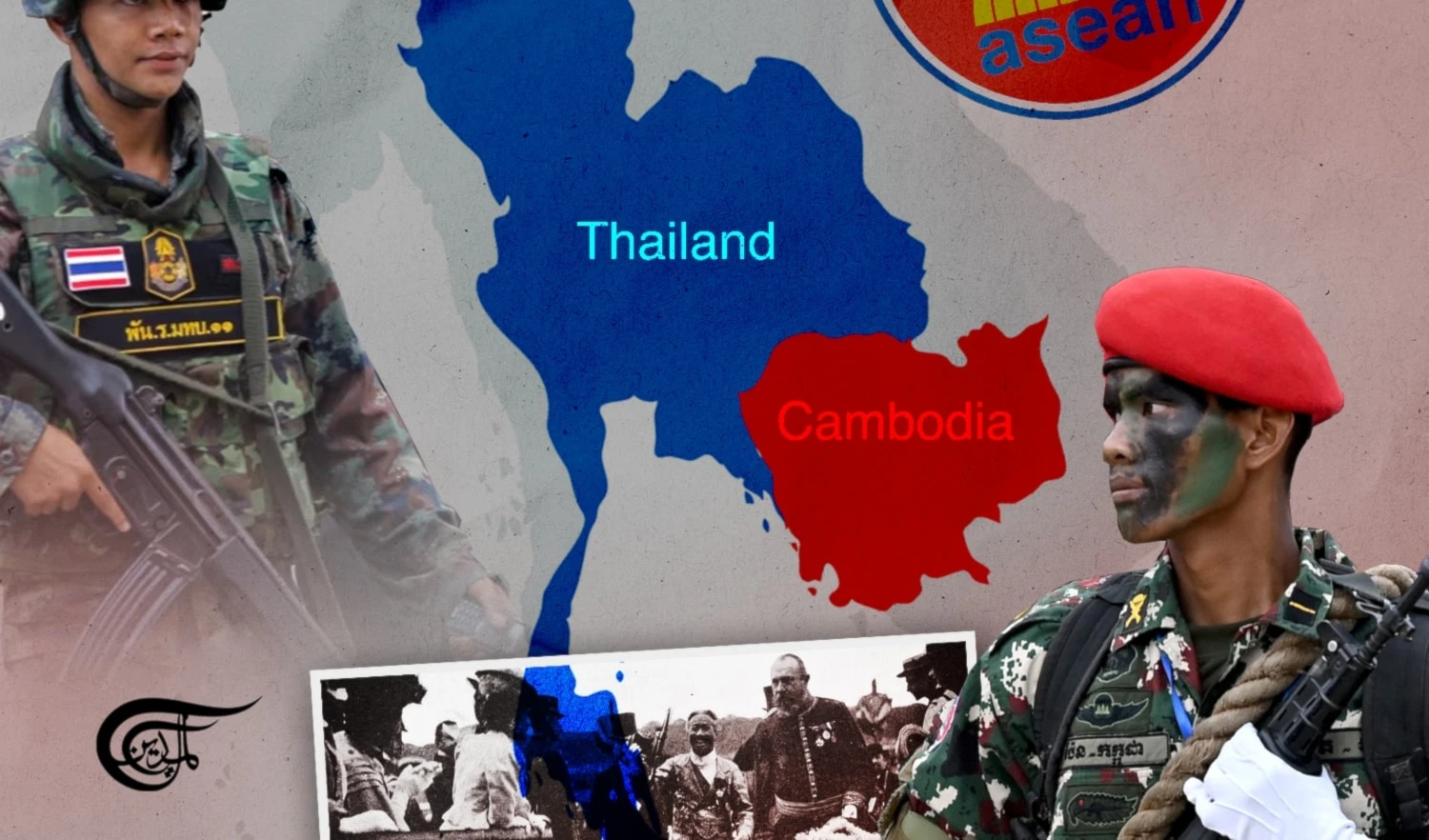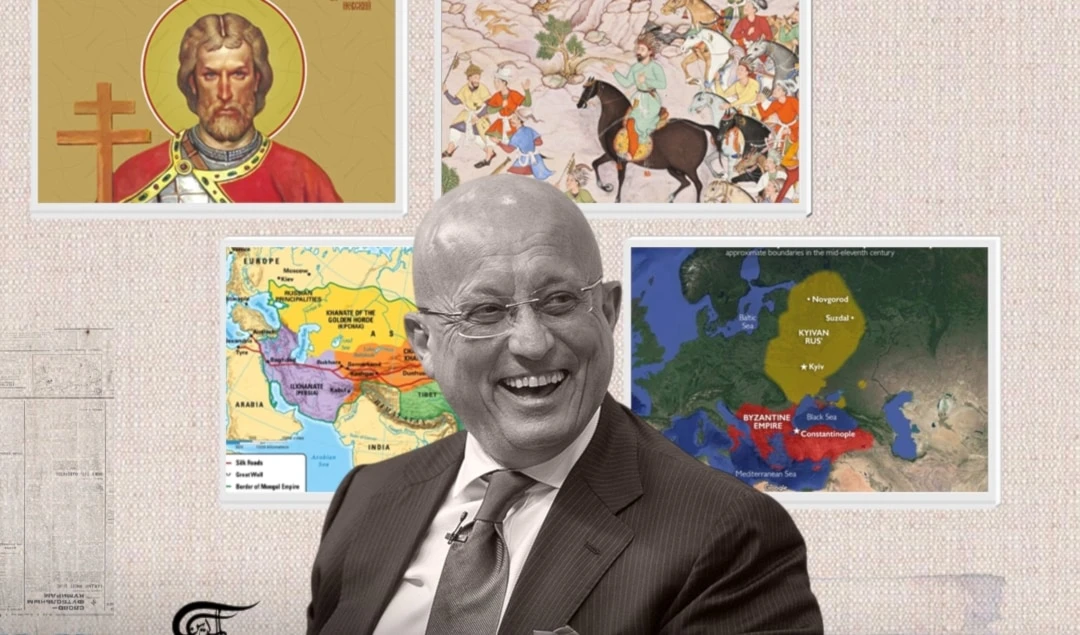Nader 'the Traitor', the sealing of Afghanistan's ugly fate – PART II
In 1929, after taking power in Afghanistan, Mohammad Nader Khan and his brothers established a new regime of terror and set about cleansing the country of Amanollah's supporters, altering Amanollah's reforms to suit their objectives, or eliminating them altogether and advancing the Pashtunisation agenda.
-

Nader 'the Traitor', the sealing of Afghanistan's ugly fate – PART II
The accession to power of Mohammad Nader Khan and his brothers
A full decade later... following "General" Nader's military victory over Habibollah Kalakâni (who had seized the throne while Amanollah was still the legitimate king in Kandahar) and his quelling of the rebellions, the question of who would assume the throne had to be resolved without delay...
-

On the move 1928-1929
Thus, on 15th October 1929, Nader summoned the political representatives of the Soviet Union, Turkey, and Persia in Kabul, ostensibly to celebrate the "liberation" of Kabul from the insurgent forces of the Tajiks under Habibollah Kalakâni. Devious as he was, he did not inform his guests of the true purpose of the gathering: the appointment of a "new king"... The Soviet envoy, who was present that day, described the spectacle as follows:
"In a brief speech, barely audible in the clamour of voices in the hall, Nader Khan thanked the Pashtun tribes for their assistance. And without much ado economy minister Ali Mohammad Khan put forth the proposal that Nader Khan be appointed king. A maulawi [a scholar of Islamic law] then assured those present that such a decision would be completely legitimate and in accordance with Sharia law."
READ: Nader 'the Traitor', the sealing of Afghanistan's ugly fate – PART I
After a brief consultation with his brothers, Nader asked the Soviet envoy for his opinion. The latter, however, first wanted to consult with his Persian and Turkish colleagues. The three envoys quickly convened, then unanimously welcomed and endorsed the proposal. Such a speedy decision seems to indicate that the governments of the Soviet Union, Persia and Turkey had already agreed in advance to Nader's assumption of power.
Nader accepted the appointment without hesitation and, contrary to his earlier claims that he had no intention of becoming king, assured the foreign envoys that he would carry on Amanollah's reforms... but "by degrees and in the long run".
-

Nader, the King
As soon as the brothers sat firmly in the saddle of power, they set about reversing the former king's reforms and laws, closing the institutions that Amanollah and his attendants had created. Supporters of the reforms were ruthlessly persecuted and eliminated. Only once was anyone tried – when Nader staged a show trial, featuring two senior members of the Amanollah regime, Mohammad Wali Khan (Amanollah's deputy) and General Mahmud Sâmi (a devious émigré from Iraq). Mahmud Sâmi was sentenced to death, and Mohammad Wali was sentenced to eight years in prison on flimsy charges; Nader later had him assassinated in secret. All other significant opposition members were promptly shot, hanged or executed by cannon without any due process of law.
Nader's reign of terror not only targeted individuals but their families, relatives and friends, as well. The Charkhi brothers, who had held high offices in the Amanollah cabinet and had fought for Amanollah, were murdered; and their entire families, including infants and young children, were later imprisoned for decades. Gholam Mohammad Ghobâr, a renowned historian and ardent supporter of the reforms, spent twelve years in prison, and his children were excluded from schools and any other form of education. When Abdollrahman Lodi, the mayor of Kabul (who had once attempted to assassinate Amir Habibollah), was invited to Nader's residence where he and Nader enjoyed a pleasant lunch together, he was suddenly placed against a wall and summarily shot. His bloody corpse was dragged through the city on a donkey and delivered to his wife. He had to be buried during the night. No one was allowed to attend his funeral, and a memorial service was forbidden. As a matter of course, a network of informers and spies expanded over the entire country. Two men ended up in prison for simply whispering something into one another's ears when a "high-ranking relative of Nader's" happened to pass by on the street.
Almost everything that had any connection with Amanollah or with his achievements was destroyed or left to decay. Some magnificent buildings, monuments and facilities suddenly caught fire and burned down. Years later, when children would play on a derelict, abandoned locomotive of a defunct urban light rail system (established under Amanollah) in the Darollaman district of Kabul, they would know nothing of its past, because the history books in their schools had all been rewritten: according to the official, state-sponsored narratives of the time, Nader and his brothers were heroes who had led Afghanistan to independence by saving the country from traitors, agitators and robbers. Any achievement that had survived from Amanollah's time was attributed to them.
Those are just a few examples of Nader's numerous crimes during his four-year reign of terror from 1929 to 1933.
-

Abandoned locomotive in front of the Darollaman Palace, destroyed in the 90s
[to be continued in PART III...]

 Tariq Marzbaan
Tariq Marzbaan
 5 Min Read
5 Min Read











